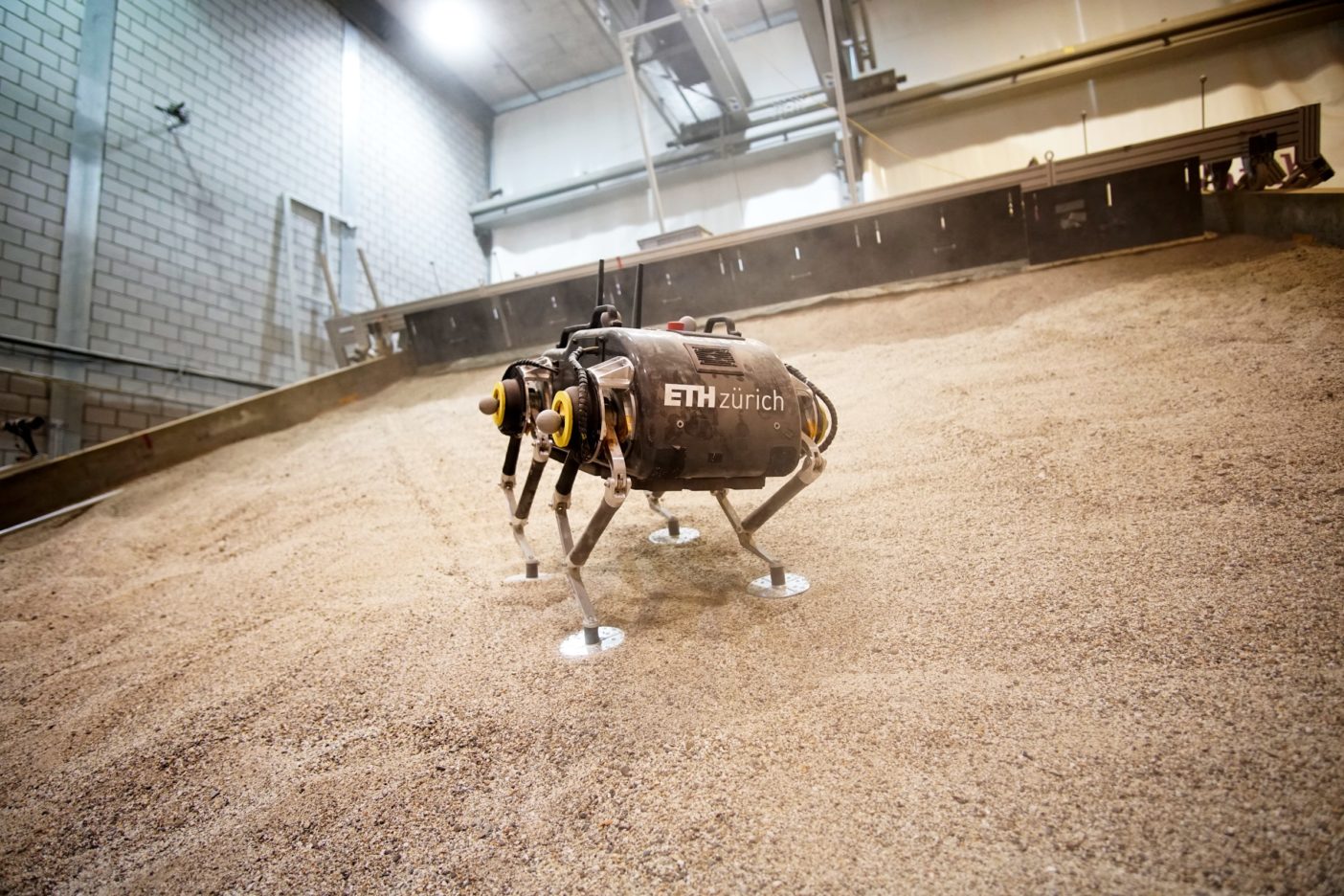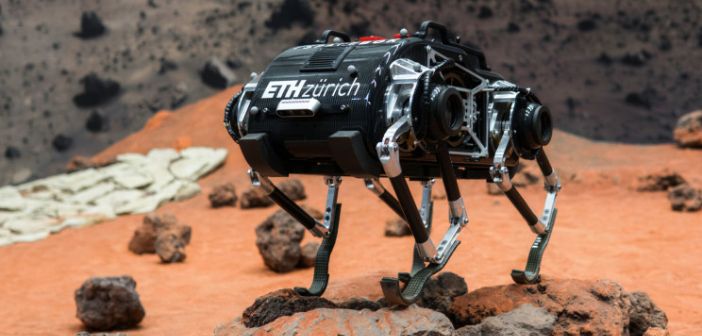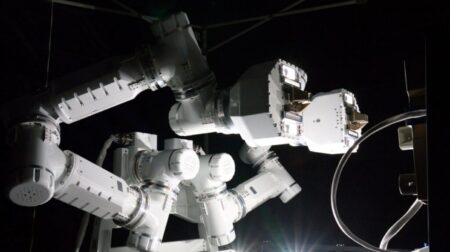A team of scientists are working on a four-legged robot which could one day join Nasa’s Perseverance rover on Mars.
Researchers from Swiss Federal Institute of Technology (ETH Zurich) and Max Planck Institute for Solar System Research in Germany are working on a small quadruped robot, named SpaceBok, that could deal with the complex terrain of the red planet.
The robot was originally designed to leap and bound on the surface of the Moon in the same way astronauts did during the Apollo landings. It is inspired by the springbok antelope which are also known to “pronk” or leap into the air.
In order to alter its concept for Mars, where the terrain is challenging and gravity is stronger, the team behind SpaceBok has altered the robot’s gait to make it steadier.

According to its work published on preprint server arXiv, the project tested different gaits, as well as small hoof-like feet and flat, round feet with cleats for more stability. The study found SpaceBok is able to efficiently climb a simulated Martian incline without falling.
Once the researchers had different configurations of gaits and feet they could use to customise the robot, they trialled it in a tilted sandbox loaded with material that approximates the soil found on Mars. The team said this enable them to test whether any of those configurations allowed the robot to get up a 25-degree plane. By monitoring the robot’s energy usage, they could quantify how efficient each of the configurations of gaits and feet were.
“We wanted to show that these dynamically working systems nowadays, they can actually walk on the Martian sand,” said ETH Zurich roboticist Hendrik Kolvenbach, the study’s lead author. “This is a technology that has a lot of potential now for the future.”








